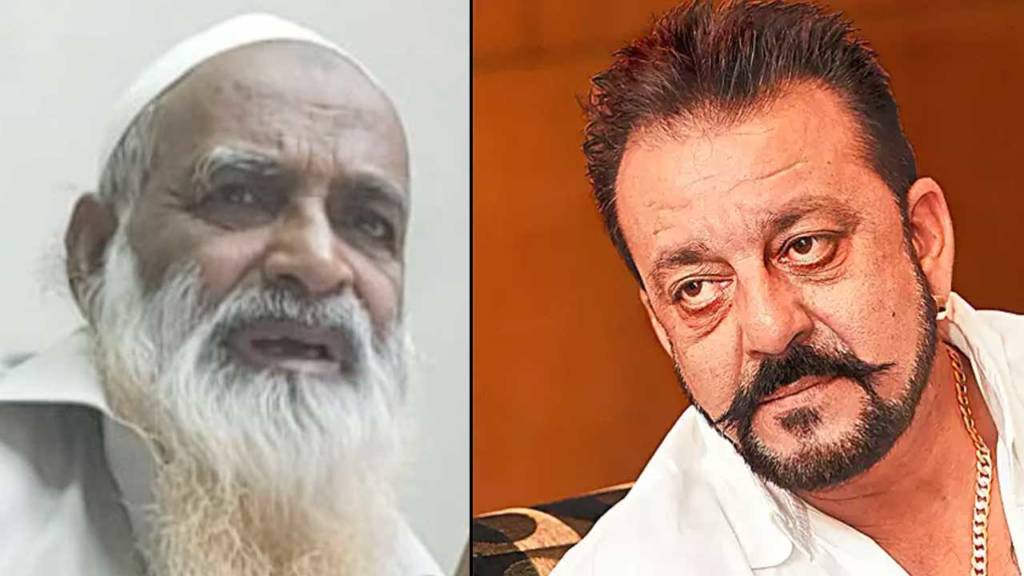The country heaved a sigh of relief on Friday when the UP Police arrested convicted terrorist, Jalees Ansari, a day after he jumped parole from Mumbai. UP Police caught him from Kanpur after which he was taken to Lucknow.
Known as ‘Dr. Bomb’, Jalees Ansari played a role in several bomb blasts in the country including those in Jaipur, Ajmer and Malegaon. Speaking to the media, Uttar Pradesh DGP, OP Singh said, “Jalees Ansari who was out on parole when a missing complaint was filed by his family yesterday in Mumbai, has been arrested when he was coming out from a mosque in Kanpur. He has been brought to Lucknow. It’s big achievement of UP Police.”
This case exposes the inherent dangers associated with granting paroles to life convicts who are usually associated with commission of serious crimes, especially in the case of terrorism. It is a matter of relief that Dr. Bomb was arrested after he went missing from Mumbai. However, had he managed to flee the consequences could have been disastrous.
Jalees Ansari, who was a doctor by profession, is no ordinary terrorist. He was trained and radicalised in Pakistan which shows the kind of links that he had with terror outfits. He had also created a terror module with banned outfits SIMI, HuJl and Indian Mujahideen.
Dr. Bomb could have come into contact with his terror links after jumping parole, or even worse fled to Pakistan. This would have created a grave security threat ahead of the Republic Day celebrations.
This is not the first time that a terror convict has jumped parole. Last year, a convict in the 2002 Godhra train carnage jumped parole and went missing. He was granted a 15 day parole on October 8 and was supposed to return to Vadodara central jail on October 24, but he went missing.
In fact, according to NCRB (National Crime Records Bureau), 8,900 inmates jumped parole between 2004 to 2014. Many of those who jumped parole were hardened criminals who had committed serious crimes like murder and rape. The police was able to arrest only 2062 out of the 8,900 convicts who jumped parole.
What this effectively means is that 6,838 of the convicts remained at large posing a grave threat to the society. It must be kept in mind that parole is granted only to those who are convicted of an offence and not those who are undergoing a trial. Therefore, those who jump paroles are proven criminals as such.
The case of a murder convict in Kerala who jumped parole and returned to jail only 25 years later shows how badly the process of paroles can be abused. The man, identified as Nazar fled had fled to Saudi Arabia instead of returning to prison at the time of jumping parole. He returned to India 11 years later and then too only because of the implementation of naturalisation law, ‘nitaqat’ in Saudi Arabia that forced Nazar to return.
Then there are also cases where influential convicts might be able to take undue benefit of the process. Take Sanjay Dutt’s case for example, who got frequent furloughs and paroles that became a subject of intense criticism. Though the actor was not serving a life term but only a milder sentence, there could be cases of life convicts getting frequent paroles through their sheer influence.
It is only because if the gravity of crimes committed by such convicts and the threat posed to society that such individuals are sentenced with life terms. Curtailing their liberty is a matter of social necessity and by granting them paroles, the very purpose of life terms gets defeated.
It is not only due to the security threat posed by the release of hardened criminals that paroles to life convicts seem unreasonable, even otherwise, it seems rather absurd to grant paroles to such hardened criminals. The purpose of Paroles is to rehabilitate the convicts and guide them back into society. However, it needs to be considered if life convicts in ghastly crimes, including terrorism, deserve an opportunity of rehabilitation.
